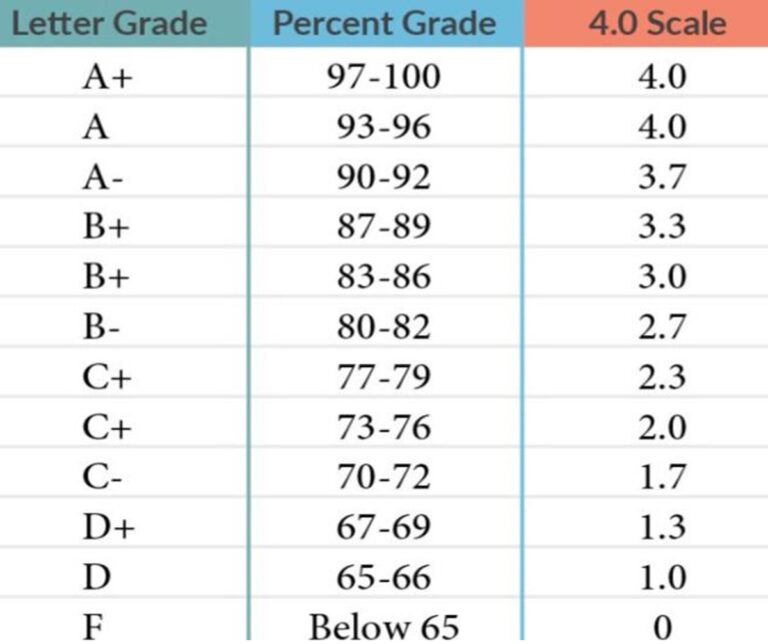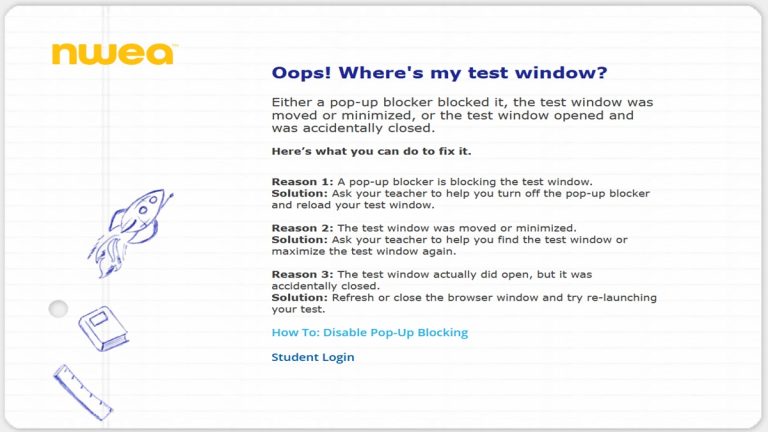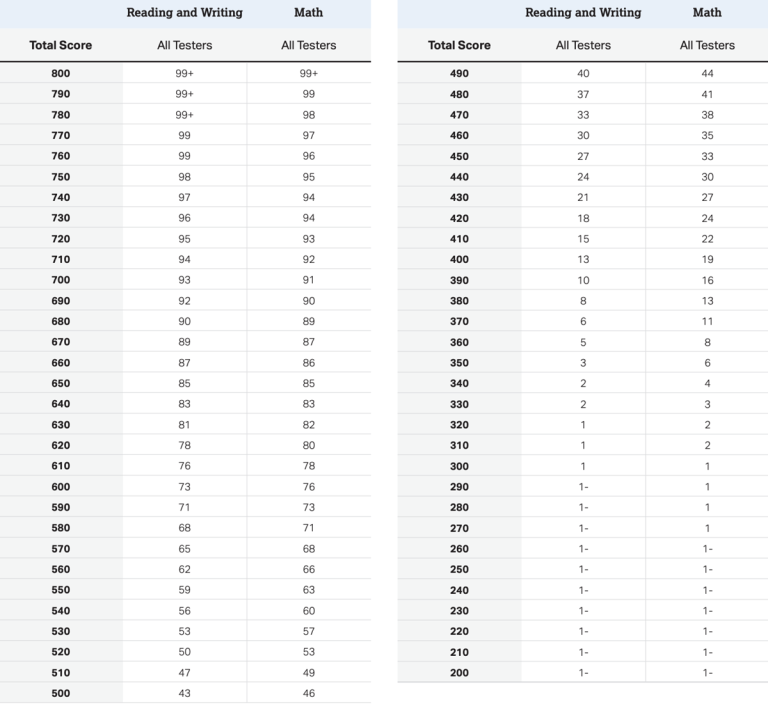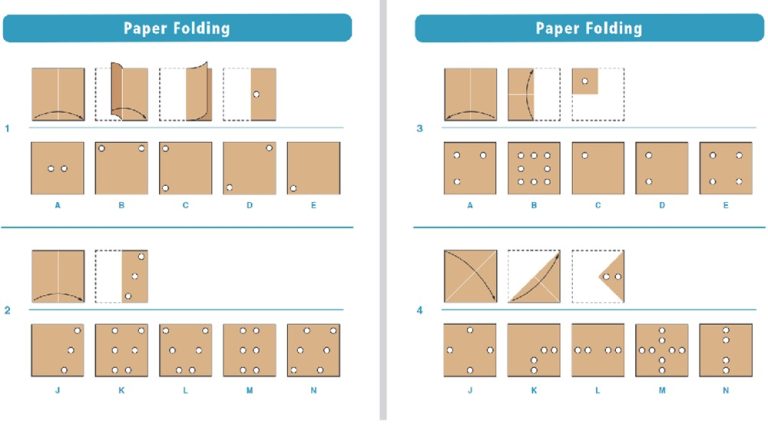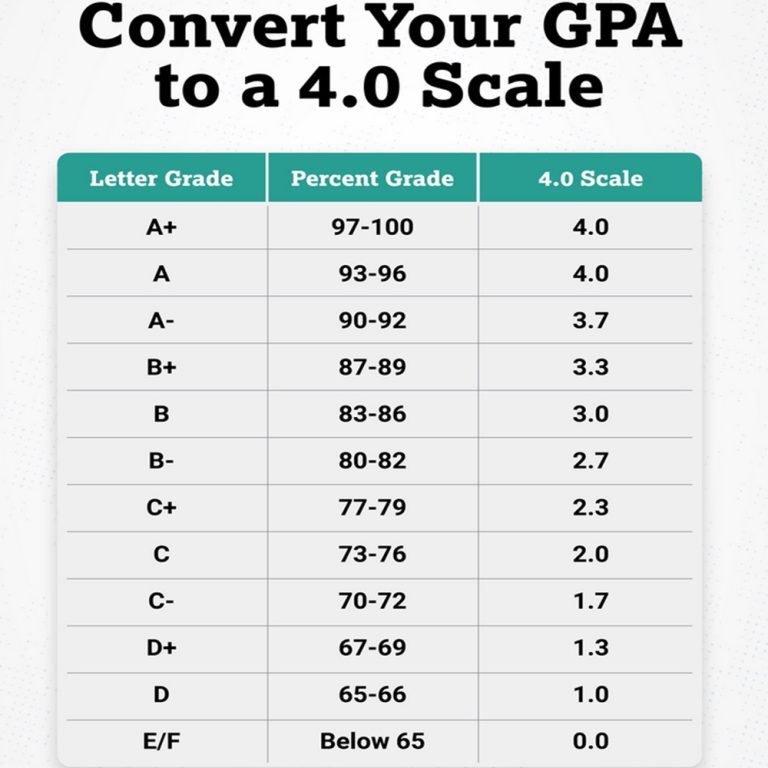What is Level E in iReady? What Grade is Level C, D, E, F, G and H in iReady? + iReady Diagnostic Scores 2024-2025 Chart
What is Level E in iReady?
What Grade is Level AA, B, C, D, E, F, G and H in iReady?
See the iReady Levels and the new iReady Diagnostic Scores 2024-2025 Charts by Grade Level, here.
iReady Diagnostic Test Levels and Corresponding Grade Level.
| iReady Diagnostic Test Level | Description of Test Level |
|---|---|
| Level AA – Kindergarten | This level of the iReady diagnostic test is designed to evaluate the foundational skills necessary for kindergarten students. In math, it assesses early numeracy skills, such as recognizing numbers up to 20, counting objects, and identifying basic geometric shapes like circles, triangles, and squares. In reading, it focuses on recognizing letters, understanding phonics, and developing early listening comprehension skills, including basic sight words and following simple instructions. |
| Level A – First Grade | At Level A, the test targets first-grade skills. In math, it evaluates number sense, including working with numbers up to 100, addition and subtraction within 20, and introductory fractions. In reading, it assesses phonics, sight word recognition, basic grammar (nouns, verbs), and comprehension of simple texts, including retelling stories and answering questions. |
| Level B – Second Grade | For second graders, Level B focuses on addition and subtraction within 100, introduction to multiplication, and measurement skills in math. In reading, it assesses comprehension of short texts, vocabulary (synonyms and antonyms), and spelling skills. It also evaluates reading fluency and detailed comprehension of text. |
| Level C – Third Grade | Level C covers third-grade skills in math, including multiplication and division within 100, understanding fractions, and calculating area and perimeter. In reading, it evaluates comprehension and analysis of longer texts, vocabulary in context, making inferences, and grammar skills such as punctuation and subject-verb agreement. |
| Level D – Fourth Grade | The fourth-grade diagnostic at Level D delves deeper into fractions, introduces decimals, and covers multi-digit multiplication. In reading, it evaluates comprehension and analysis of moderately complex texts, understanding themes, character motivations, and figurative language, as well as using context to determine meanings of unfamiliar words. |
| Level E – Fifth Grade | Level E targets fifth-grade skills such as multi-digit division, fraction operations, and volume measurement in math. In reading, it assesses text analysis, inferencing, interpreting meaning, comparing different types of literature, and understanding complex grammar, including conjunctions, prepositional phrases, and advanced vocabulary. |
| Level F – Sixth Grade | At Level F, the diagnostic targets sixth-grade skills, covering advanced arithmetic, introductory algebra, and basic geometry. In reading, it assesses the ability to understand themes, summarize ideas, interpret texts, and analyze figurative language. Grammar and vocabulary skills tested include word roots, prefixes, suffixes, idioms, and advanced expressions. |
| Level G – Seventh Grade | Level G focuses on seventh-grade skills, including algebraic expressions, linear equations, ratios, probability, and advanced geometry in math. In reading, it evaluates the ability to compare and contrast texts, understand literary genres, identify tone and mood, and use complex vocabulary and grammar. |
| Level H – Eighth Grade | Level H assesses eighth-grade skills in math, including solving linear equations, functions, transformations, and the Pythagorean theorem. In reading, it evaluates the ability to analyze and evaluate arguments, understand text structures, compare different sources, and use advanced vocabulary and grammar to interpret complex texts. |
What is Level AA in iReady?
What does Level AA mean in iReady? Level AA in iReady is designed for kindergarten students. Level AA is the Kindergarten Level where the Plory and Yoop characters appear in all lessons. Level AA was introduced as a replacement of Level K around late 2016.
It evaluates foundational skills in both math and reading. In math, it focuses on early numeracy skills such as recognizing numbers up to 20, counting objects, and identifying basic geometric shapes like circles, triangles, and squares. In reading, it assesses letter recognition, phonics, basic sight words, and listening comprehension. Students are tested on following simple instructions and recognizing both uppercase and lowercase letters of the alphabet.
What is Level B in iReady?
What does Level B mean in iReady? Level B in iReady is meant for second graders and tests their skills in both math and reading. Level B is 2nd grade, and Plory and Yoop appear in all lessons. This level also introduces the characters Victor, Bella, Beau, Dr. Cheeks, etc.
In math, students are assessed on their ability to add and subtract within 100, introduction to multiplication concepts, and basic measurement skills like using standard units. In reading, Level B focuses on short text comprehension, vocabulary development (including synonyms and antonyms), spelling, and fluency. The test also evaluates the student’s ability to retell stories and answer detailed questions to demonstrate understanding.
What is Level C in iReady?
What does Level C mean in iReady? Level C in iReady is targeted at third-grade students. Level C is the 3rd Grade Level and it is used for i-Ready Reading and Math lessons. It features mid-high-level i-Ready characters in Extra lessons, such as Sweet T, Pepper Jackie, and also Plory, Yoop, and Major Peril.
In math, it covers multiplication and division within 100, fractions, and area concepts, including calculating the perimeter of shapes. In reading, Level C assesses the ability to comprehend and analyze longer and more complex texts, make inferences, and determine the main idea. Vocabulary is evaluated in context, and students are tested on their grammar skills, including punctuation and subject-verb agreement.
What is Level D in iReady?
What does Level D mean in iReady? Level D in iReady is designed for fourth-grade students, evaluating more advanced math and reading skills. Level D is a 4th Grade Level, and like Level C, it features the characters Sweet T and othe i-Ready characters. Level D is the middle of all the i-Ready levels. This level and all levels after it do not feature the characters Plory, Yoop, and Major Peril, unlike all the levels before it.
In math, Level D delves into adding and subtracting fractions, introduces decimals, and covers multi-digit multiplication. Geometry concepts such as symmetry are also introduced. In reading, the test assesses students’ ability to comprehend and analyze moderately complex texts, understand themes and character motivations, and recognize figurative language like metaphors and similes. Contextual vocabulary understanding is also a key component of this level.
What is Level E in iReady?
What does Level E mean in iReady? Level E in iReady is intended for fifth-grade students. Level E is 5th grade, and new characters such as Azul, G.O, and Olive appear in Level E.
In math, it assesses multi-digit division, operations involving fractions (addition, subtraction, multiplication, and division), and introduces concepts of volume. In reading, Level E evaluates a student’s ability to analyze texts, make inferences, interpret meaning, and compare different types of literature. It also assesses complex grammar skills, including conjunctions and prepositional phrases, and the ability to understand nuanced vocabulary in context.
What is Level F in iReady?
What does Level F mean in iReady? Level F in iReady is for sixth graders and focuses on more advanced skills. Level F is equivalent to grade 6 and new characters appear in this level, for example Dr. Rio, Luna, and others.
In math, it includes advanced arithmetic, introductory algebra concepts (such as solving one-variable equations), and basic geometry involving coordinate planes. In reading, Level F assesses the ability to understand and summarize themes, interpret texts, and analyze figurative language. Vocabulary skills include understanding word roots, prefixes, suffixes, and interpreting idioms. Advanced grammar skills are also part of the assessment.
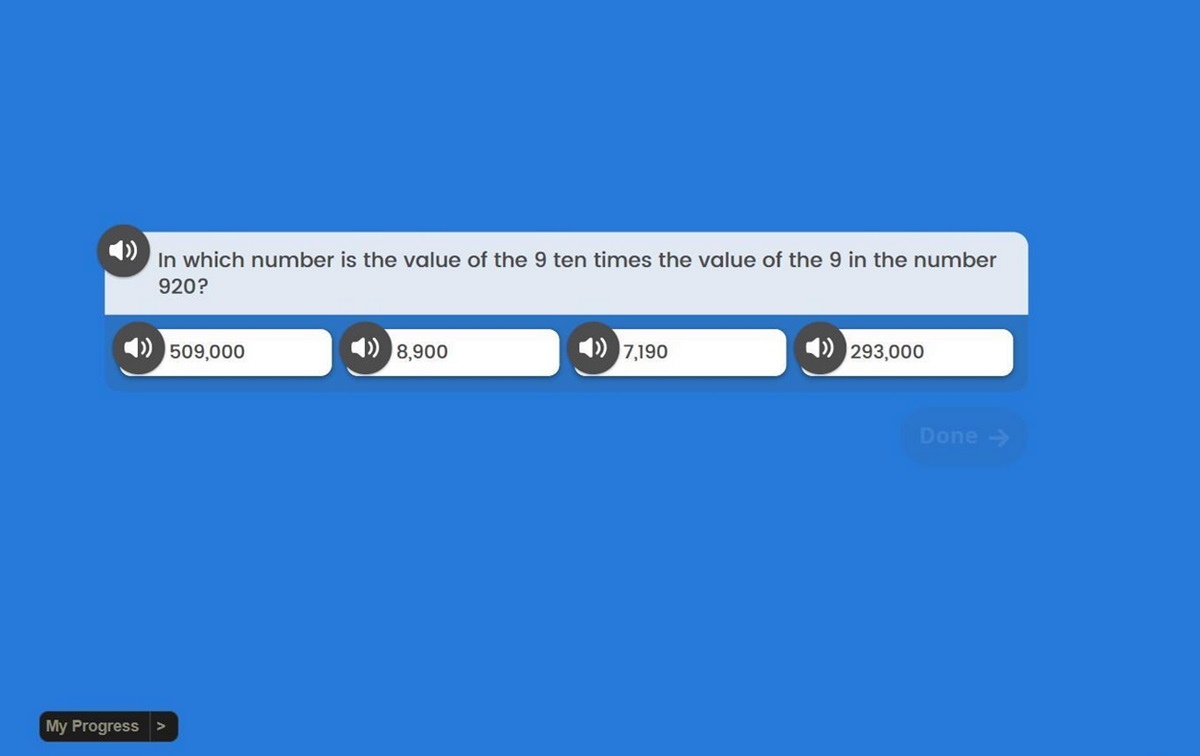
What is Level G in iReady?
What does Level G mean in iReady? Level G in iReady is designed for seventh-grade students. Level G is equivalent to 7th Grade in the U.S, and if you are at this level but still in 5th or 6th grade, then you are doing very well.
In math, Level G covers algebraic expressions, ratios and proportions, linear equations, and an introduction to probability and statistics. Students are also tested on advanced geometry topics like finding the surface area and volume of different shapes. In reading, it assesses students’ abilities to compare and contrast different texts, understand literary genres, and identify literary elements such as tone and mood. Vocabulary and grammar assessments are more complex, involving nuanced usage and word relationships.
What is Level H in iReady?
What does Level H mean in iReady? Level H in iReady is intended for eighth-grade students. Level H is 8th Grade in the U.S, and if you are at this iReady level, but still in 6th or 7th grade, then you are doing really well. In Level H reading, there are 51 lessons. In math, there are only 31 lessons, not including extras.
In math, it includes solving linear equations, understanding functions, and applying the Pythagorean theorem in geometry. More advanced topics like transformations and interpreting graphs are also covered. In reading, Level H assesses the ability to analyze and evaluate arguments, understand different text structures (such as cause/effect, problem/solution), and compare different informational sources. It also focuses on advanced vocabulary and grammar skills, using context clues to interpret complex texts and critically assess content.
What is the Highest level in iReady?
In i-Ready, the levels correspond to different grade levels, and they are used to differentiate instructional materials and assessments based on student performance. The highest level in iReady is Level H for the K to 8th Grade program.
However, the highest levels generally found in i-Ready are Level J, which corresponds to 10th grade. For most subjects and assessments in i-Ready, the content is capped at Level H (8th grade). Some programs may include content for Level I and Level J in specific areas like mathematics to challenge high school students. However, i-Ready is primarily focused on K-8 education, with more advanced levels being less commonly used or accessed.
These levels, such as Level I (9th grade) and Level J (10th grade), are not officially documented as part of the core program, but they are occasionally referenced in advanced coursework.
Here’s a list of the iReady levels and their approximate grade-level equivalencies:
i-Ready Levels and Grade Equivalents:
- Level AA: Kindergarten
- Level A: 1st Grade
- Level B: 2nd Grade
- Level C: 3rd Grade
- Level D: 4th Grade
- Level E: 5th Grade
- Level F: 6th Grade
- Level G: 7th Grade
- Level H: 8th Grade
- Level I: 9th Grade (though not always present in all content areas)
- Level J: 10th Grade (primarily in math)
iReady Diagnostic Scores 2024-2025 – Chart by Grade Level.
If you have taken an i-Ready Test and have been given a score, then you can check, if you have scored above, below or average for your grade level on our new i-Ready Scores Charts.
iReady Diagnostic Scores 2024-2025 Math – Chart by Grade Level.
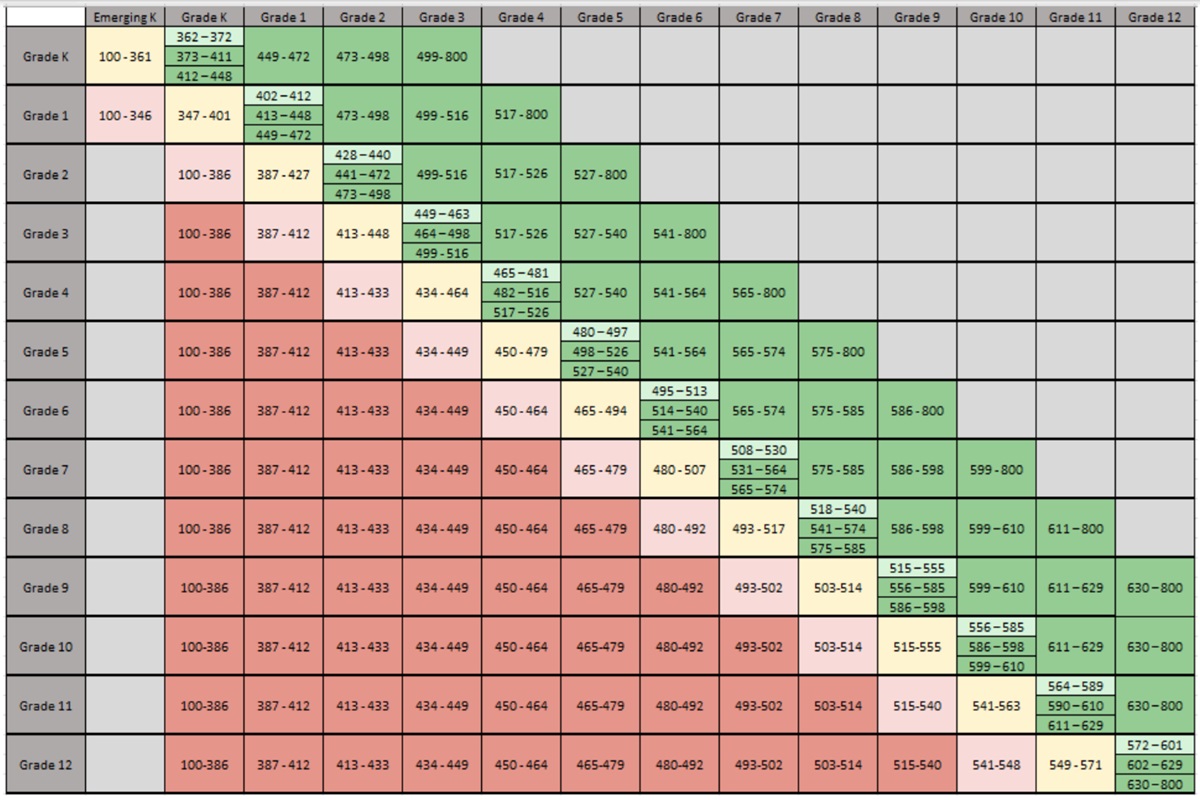
iReady Diagnostic Scores 2024-2025 Reading – Chart by Grade Level.
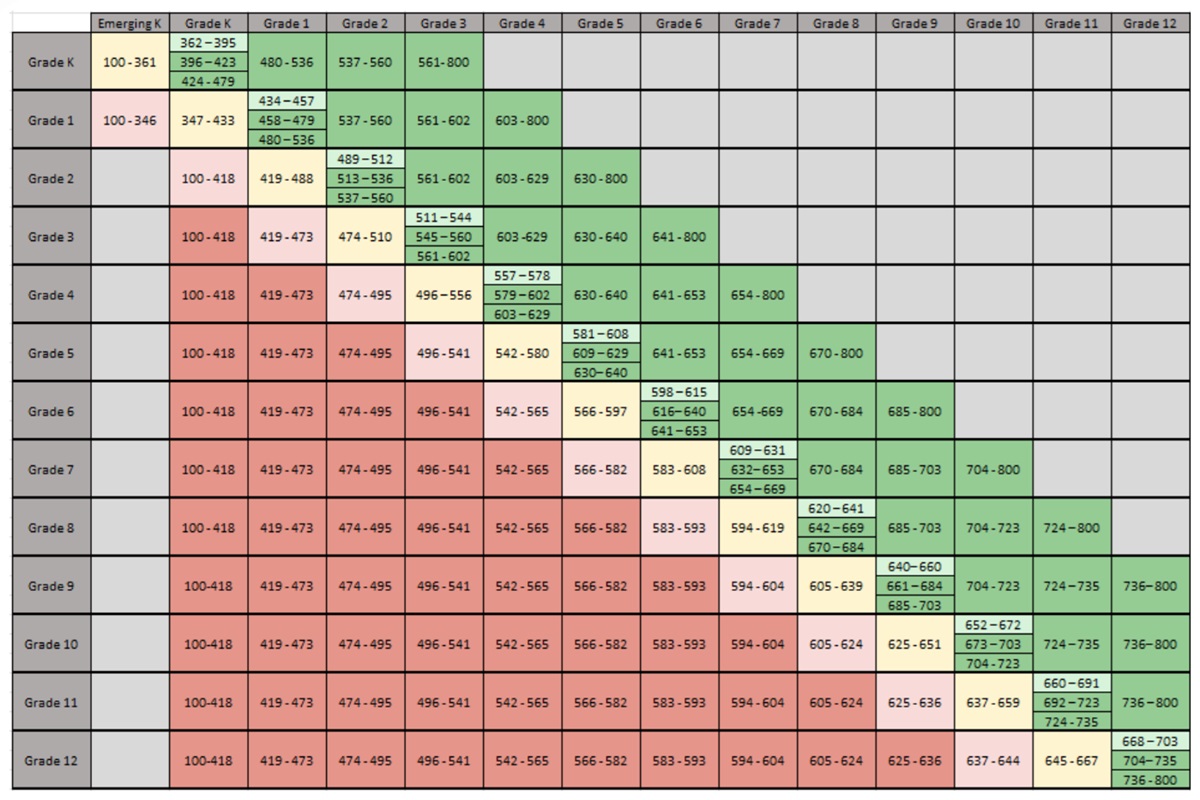
How to Understand the i-Ready Placement Tables.
- Find the right table. Make sure you’re looking at the correct placement table for the grade you’re assessing.
- Look up the student’s grade. In the first column, find the student’s current grade. Use this row to understand where the student stands compared to expectations for their grade.
- Note: In this version of the placement tables, the rows and columns are flipped compared to older versions.
- Find the student’s score range. Once you find the student’s score, look for the column that shows the score range. This will tell you the student’s exact placement relative to their grade level. The colors in each box match the colors used in the score reports.
If a student is placed “on grade,” the box will have three parts:
- Light green means they’re “Early On Grade Level.”
- Darker green means “Mid Grade Level” or “Late Grade Level.”
- Gray means a score at this grade level isn’t possible.
What the Colors Mean on the I-Ready Scores Chart:
1. Green: Early On Grade Level
- Definition: These students have met some grade-level expectations but need more practice.
- Instruction: They should continue learning at their grade level to meet all grade expectations.
- Intervention: They don’t need special help beyond regular classroom instruction.
2. Yellow: One Grade Level Below
- Definition: These students are close to meeting grade-level expectations but are slightly behind.
- Instruction: They need regular grade-level teaching with extra support for areas where they’re behind.
- Intervention: They may need some review or help with skills from the previous grade.
3. Red: Two Grade Levels Below
- Definition: These students are struggling with skills that are two grades behind their current level.
- Instruction: They need help with foundational skills before they can handle their grade-level work.
- Intervention: These students need more formal help, like special programs or extra tutoring, to catch up.
iReady Diagnostic Scores Charts for 2024-2025 with Percentiles.
The new i-Ready Diagnostic Score Charts with iReady Percentiles can be found at our iReady Diagnostic Scores by Grade (Math) 2024-25 page, the iReady Diagnostic Scores by Grade Reading page, and we have include the 2023-2024 i-Ready norms and placement scores at the iReady Diagnostic Scores by Grade 2023-2024 page.
